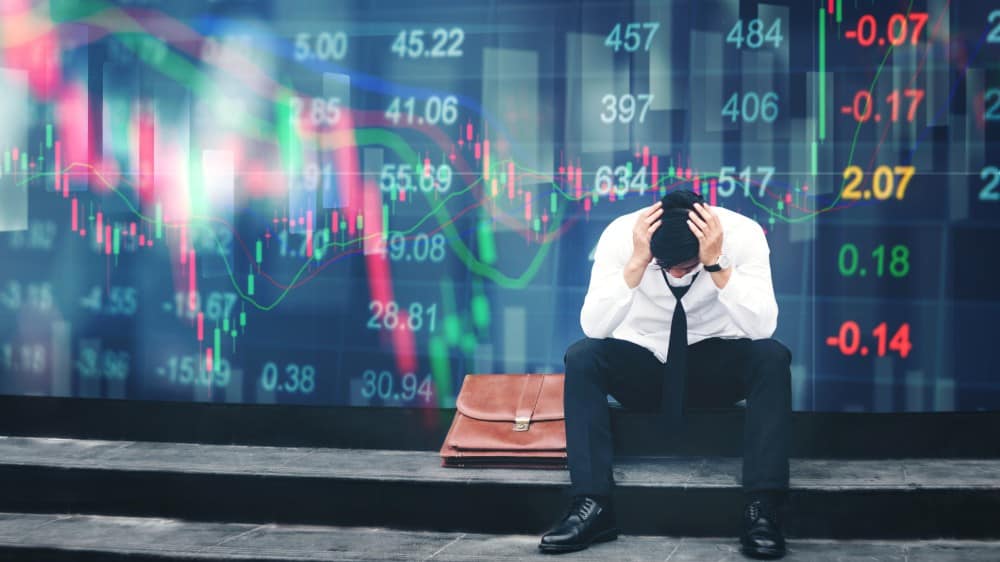Human history is one long chronological record of death, destruction, and misery. It’s also dotted with significant leaps and outstanding accomplishments, but humanity tends to remember suffering with far more vividness than happiness thanks to our psychological tendencies.
If you search historical records for the worst years in human history, you will get many hits. The great wars, the black plague (1347), 1520’s smallpox, the London Massacre of 1665, and Spanish flu in 1918 are just some of the examples of the worst years in human history. And 2020 is, unfortunately, trying very hard to join the ranks.
The year started with nearly three billion animals dying in Australian bush fires. Then the pandemic was finally considered a global threat and caused a significant financial panic across the globe. There are many other localized events, but the raging pandemic, which has already claimed 960,000 lives and is due for a second wave, caps them all. And right on cue, another market crash is expected to devastate the global economy further.
The worst year so far?
Considering the monumentally devastating years in history, we can’t dub 2020 the worst year ever, but there are still three months remaining. The two significant challenges that governments around the world are facing right now are the second wave and a second market crash. It’s challenging to face both simultaneously, because resources are stretched thin all around.
Canada is dealing with the pandemic significantly better than many other countries. But the economic repercussions of a second market crash are likely to be far more devastating. Most businesses have depleted their cash reserves and are already suffering from the devaluation of assets. Another phase of lockdowns might run many companies to the ground.
Salvage what you can
It would be very difficult to completely reinvent your portfolio in time to make it more crash-resistant. What you can do is identify stocks that are likely to wear a huge discount tag when the market crash finally hits and have a chance of rapid recovery and future growth. One such stock is goeasy (TSX:GSY). The alternative lender fell almost 70% in valuation during the first crash.
And in its recovery phase, the stock grew almost 200% (at its peak) in fewer than five months. The company has a strong balance sheet, is an aristocrat, and a fantastic dividend-growth rate. It has already proven its recovery potential, and even if it takes a little longer to recover after the next crash, the stock can be a great way to offset some of the losses you might suffer in the crash.
The yield right now isn’t very impressive (2.74%), but it will go up when the stock drops. The payout ratio is very stable.
Foolish takeaway
The first market crash was a horror flick for most TSX sectors, especially airlines, hospitality, energy, and finance. A second crash might be significantly scarier, because people’s spending power has already waned, and the economy is weaker than it was before the second crash. But on the bright side, many investors might not join the sell-off frenzy this time.









